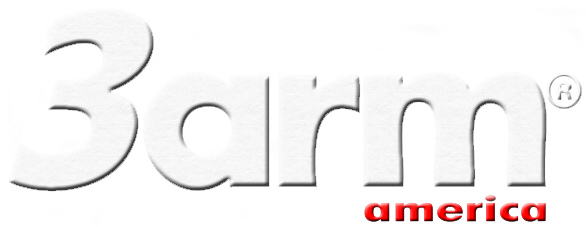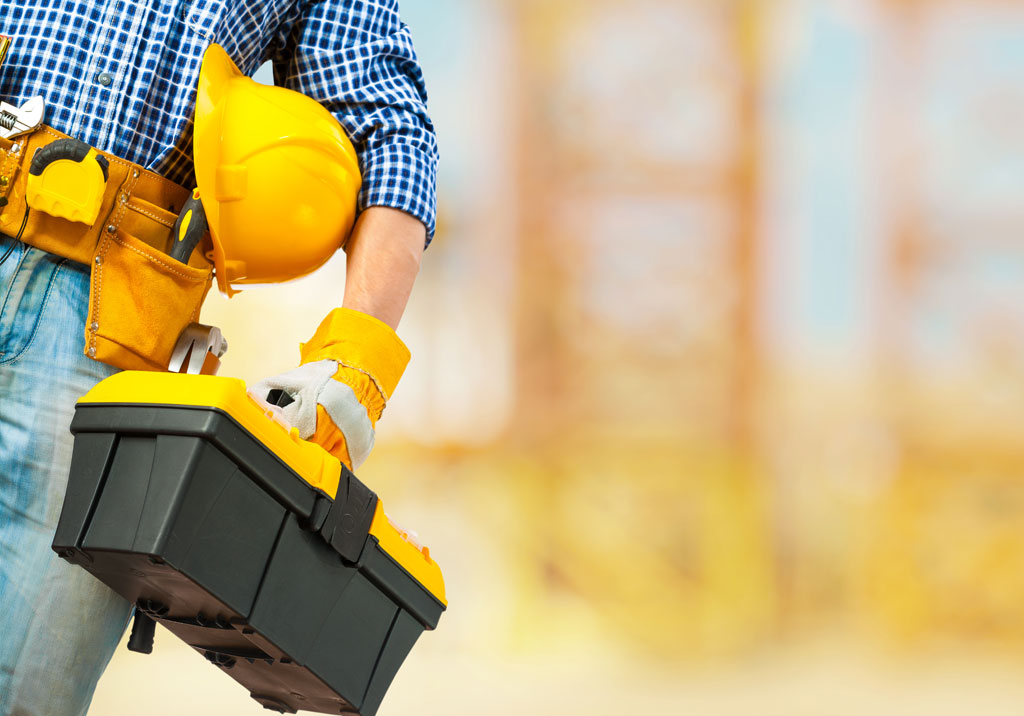Workplace injuries are costly to American businesses. The U.S. Bureau of Labor Statistics has found that when an injury results in missed work, 25 percent of injured employees are out of commission for 31 days or more. And although 60 percent of injuries are preventable, companies spend an average of $2,000 annually per employee dealing with workplace injuries.
So when companies seek out ergonomic lift assist devices for their operations, it’s often a reactive measure. They’re searching for a solution in response to a safety concern or an actual workplace injury. Lift assist devices help reduce hazards and operator fatigue, and they improve work quality in many industrial environments.
Other common reasons for implementing such equipment include:
- Compliance with COVID-19 social distancing requirements.
- Lack of manpower required for a two-man lift.
- Item to be lifted or manipulated is too small to warrant a two-man lift but causes operator fatigue after several hours.
- Designing consistent, better quality operator work into assembly process to improve takt time.
- Manufacturer is spec’ing out a new assembly line and is implementing preventative safety measures and productivity.
Not all lift assist devices are created equal. Consider your intended use and environment to select the right lift assist arms and accessories, including customizations, for your application.
Manipulator arm vs. Tool-Holding arm
Determine how you will use the arm to identify whether you need a manipulator “pick and place” style arm or a more customized lift assist solution designed for your application.
- A manipulator arm style is ideal for material handling and can move objects from one place to another or handle items that change in mass.
- A lift assist “tool-holding” arm is used for permanently holding a constant load, such as a tool.
Choosing an industrial manipulator arm
Primary considerations when choosing or customizing a manipulator arm:
- Dimensions of the part
- Travel path & distance of the part from the operator
- Current process
- Weight of the part
- Axes of manipulation
- Gripping the part
With these details, you and your industrial lift assist device solution provider can identify and design the perfect manipulator for your operations. They also help you determine the best end effector type, accessories and safety features for your needs.
The shape, dimensions and weight of your part determine the best effector type or gripping system. The effector is the end of the arm that manipulates the part. Options include a gripper, vacuum, magnet or custom solution.
Grippers work best on round or similarly shaped parts and allow the operator to rotate the parts to easily position in difficult to maneuver placements. Vacuum end effectors are ideal for handling primarily flat and non-porous parts and can pick up a variety of shapes, sizes and types of material. Magnet end effectors work best for heavy steel applications and provide a level of safety since the gripper remains on when the power goes out. Current processes and operations also factor in. For instance, if you already have a vacuum system set up, that might be the best option.
If you need your manipulator to travel beyond its regular vertical or horizontal reach, you’ll likely need accessories. Manipulators are heavy and robust, and their length is limited because they are typically used to pick up substantial weight. Accessories that can extend their reach include those that are mobile, such as trolleys or carts, and those that are stationary such as rails, columns, lifters, and elevators. Each will be more or less of a fit depending on conditions like the weight of the part, how level the floor is, and whether you need the arm to reach very low and very high.
You may also need safety switches and locks for your arm. Providing drawings and videos to help the industrial lift assist device solution provider visualize your process can help them make these safety determinations. For instance, if this will be a one-man operation, you may want to add locks to the arm to hold it in place as needed. And a safety switch can prevent accidents when an arm’s actuation is automated, telling the arm when weight is present.
Choosing a tool-holding arm for a constant load
Selecting an industrial tool-holding arm is more complex, as there are more options to consider to best suit your application. However, the important factors to consider are similar. These arms are best for holding things permanently, usually tools. Primary considerations for a tool-holding arm design:
- Description of tool/part to be held
- Vertical/Horizontal reach
- Current operations
- Weight of tool to be held
- Necessity of brakes
As with the manipulator, it’s useful to provide your industrial lift assist arm solution provider with a drawing of your tool, plus a video or description of your current process and operations. This will help narrow your options to the best arm for your application. It will also help identify which accessories you might need to achieve the optimum vertical or horizontal reach with the arm. Accessories include columns, lifts, elevators and floor rails.
Additionally, with this arm type, understanding torque is helpful in selecting the right arm and head member. Head members are attachments at the end of the arm that hold and position the tool. Tool-holding arms have different torque ratings, and different head members offer different levels of articulation. If it’s a torque application, select the right arm and head member. For example, a bolting tool, such as a nut runner for underbody work at an automotive assembly plant, will need a specific type of arm with the required articulation and torque absorption. An arm for a grinding or finishing application will have a different set of requirements.
You’ll also need to determine whether brakes are required and what type will work best: manual or integrated braking. For a torque application, you’ll likely need pneumatic tool with a DC controller and tool-trigger-activated brakes for safety. Tool-trigger-activated brakes make the arm fully lock up when you press the tool trigger, or you can choose which joints to lock up. This ensures safety and saves the operator time.
Benefits of Using an Ergonomic Industrial Lift Assist Device
- Preventing operator fatigue and strain from repetitive motion and over-exertion
- Absorption of torque reactions increases safety and reduces injury
- Increased consistency and reliability of precision in exacting work
- A secured tool increases safety and prevents operator injury and damage to workpiece or expensive tools
- Reduced takt time and increased productivity on assembly lines
As you explore your options and work to select the right arm for your operations, consider whether the company you’re working with offers a variety of options in arm styles, head members, end effectors, plus solutions for handling force, braking, mounting, different weight ranges and torque, so you can design the arm to fit your tool and process. Some companies only design for specific tools or for their own brands. If you need more custom, personalized equipment to achieve your objectives, be sure the company you choose will work with you to accommodate your specific needs to increase safety, reduce costs and increase productivity.

